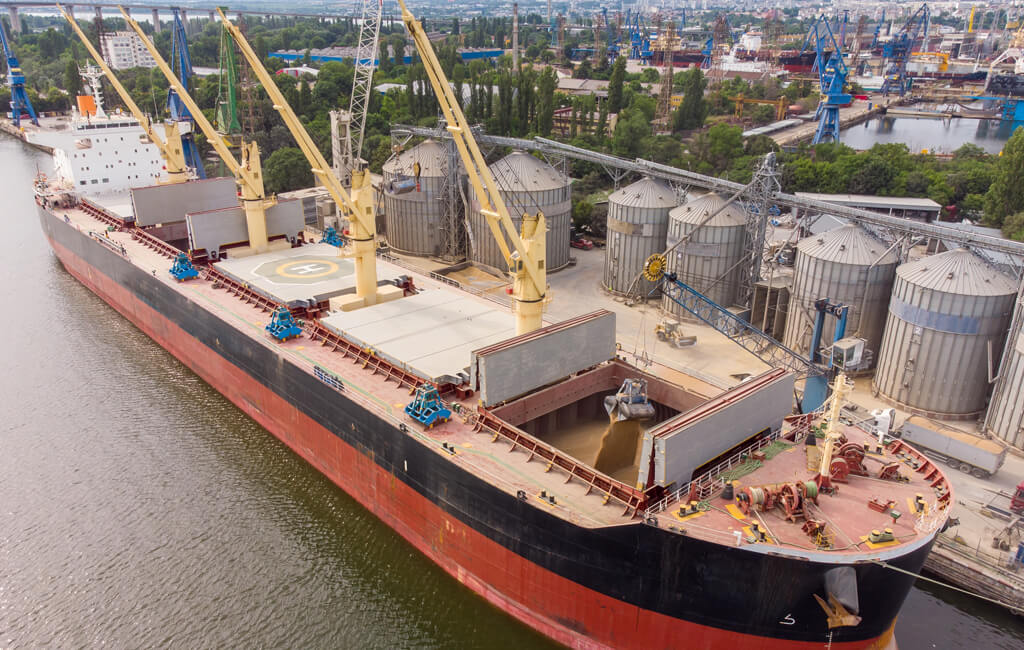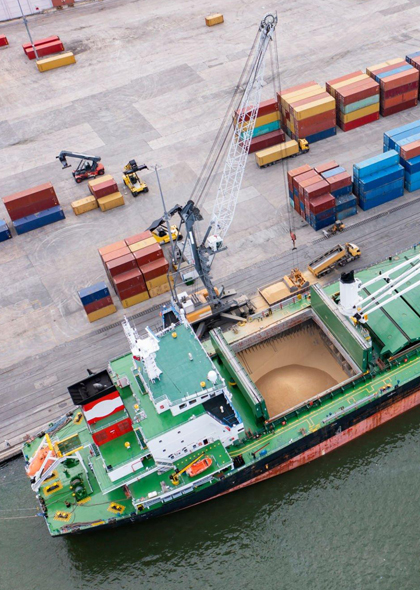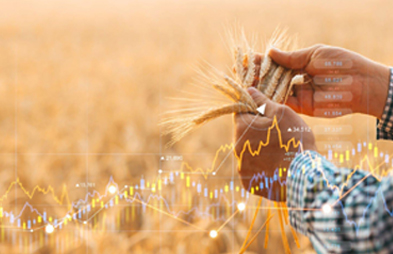Agro-Trading

What are Commodities?
Commodities are raw materials or primary agricultural, energy, and metal products that are used in the production of goods and services. They can be categorized into four main types: agricultural (e.g., wheat, corn, soybeans), energy (e.g., crude oil, natural gas), metals (e.g., gold, silver, copper), and livestock (e.g., cattle, hogs). Commodities are essential for human survival and economic growth, making them a critical part of global trade and investment.
Commodity trading and physical commodities trading
They are both methods of buying and selling commodities, but there are some key differences between the two.
Commodity trading typically involves the buying and selling of financial instruments that represent the value of a commodity, such as futures contracts or options contracts. These contracts allow traders to speculate on the price of the commodity without actually taking possession of the physical product. For example, a trader might buy a futures contract for a certain amount of oil, with the intention of selling the contract for a profit once the price of oil has increased.
On the other hand, physical commodities trading involves the buying and selling of the actual physical product, such as oil, gold, or agricultural products. This means that the buyer and seller must arrange for the transportation, storage, and handling of the commodity. For example, a physical commodities trader might buy a shipment of soybeans from a farmer, with the intention of selling the soybeans to a food processing company.


Here are some key differences between commodity trading and physical commodities trading

Ownership
In commodity trading, the trader does not take possession of the physical commodity, but instead owns a financial instrument that represents the value of the commodity. In physical commodities trading, the trader takes actual ownership of the commodity.

Delivery
In commodity trading, the contracts are typically settled in cash, and physical delivery of the commodity is rare. In physical commodities trading, the buyer and seller must arrange for the transportation, storage, and handling of the commodity.

Risk
Commodity trading is typically considered to be a higher-risk investment, as the value of the financial instrument can fluctuate rapidly. Physical commodities trading is also subject to price fluctuations but may be considered lower-risk as the trader is dealing with the actual physical commodity.
